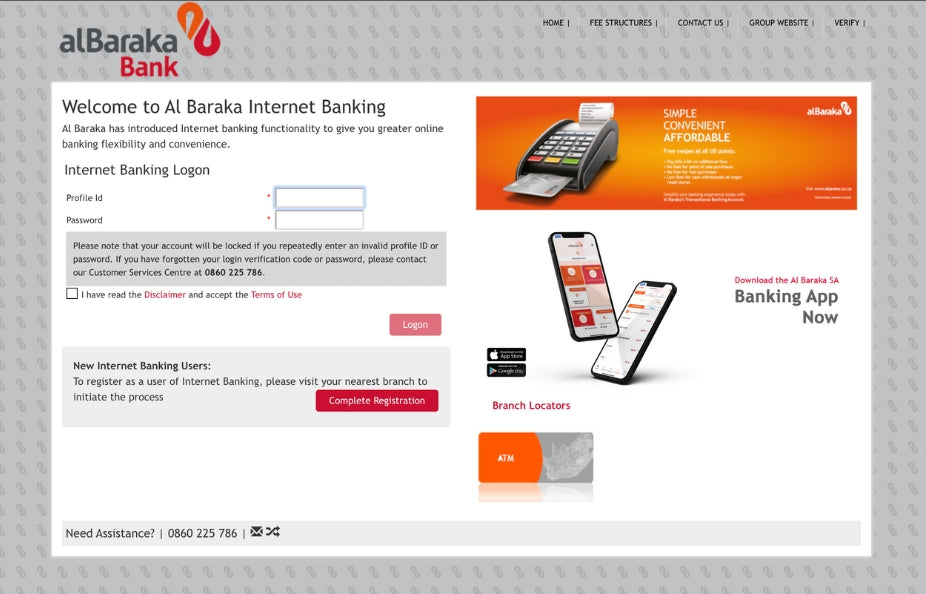Key Tips for an Effective Virtual Meeting
Muhammad Talha Kazi | Secretariat Division
 The global impact of the Covid-19 pandemic has undoubtedly accelerated the embracing of digital platforms for the business world. This has been most evident in the rapid rise of virtual meetings through platforms such as Zoom, Skype and MS Teams. Many fast-adapting businesses have found virtual meetings to be more productive and efficient than in-person sessions. Aside from the obvious benefits of reduced travel and increased attendance, the virtual shift brings about some further considerations which can improve the overall effectiveness of virtual meetings.
The global impact of the Covid-19 pandemic has undoubtedly accelerated the embracing of digital platforms for the business world. This has been most evident in the rapid rise of virtual meetings through platforms such as Zoom, Skype and MS Teams. Many fast-adapting businesses have found virtual meetings to be more productive and efficient than in-person sessions. Aside from the obvious benefits of reduced travel and increased attendance, the virtual shift brings about some further considerations which can improve the overall effectiveness of virtual meetings.
Below are some tips for convening an effective virtual meeting which can be divided into three main phases:
-
Pre-Meeting Preparation phase
A leading Board Governance software company, recommends meeting organizers to have in place a pre-meeting checklist covering issues such as:
- Choosing the right digital platform (audio only or video) and conducting a trial run prior to the meeting.
- Contingency planning in case the preferred digital platform experiences any problems during the meeting. This can be in the form of an alternative platform or for resolutions or key decisions to be made via a round-robin basis.
- Ensuring that calendar invitations, meeting packs & agendas are sent out timeously to all attendees and receiving confirmation in this regard. It is recommended that the relevant packs be sent out at least a week in advance so that attendees can prepare adequately.
- Meeting Security issues as well as ensuring that the documents posted are password protected. It is recommended that an IT technical resource be on standby to resolve any technical issues that may occur during the meeting.
- Meeting protocols which include at a high level the do’s and don’ts of the meeting for all attendees.
- Attendees should ensure that they are appropriately dressed and present themselves in a professional manner, just as they would when attending a meeting in person.
-
In-Meeting phase
Industry experts recommend the following during a virtual meeting:
- The Chairperson of the meeting needs to demonstrate strong leadership and ensure that the momentum of the meeting keeps going through ongoing verbal communication and avoid unnecessary silence.
- The Chairperson should invite comment by all attendees and ensure a proper exchange of views before resolutions are taken.
- Meeting attendees should mute themselves in meetings when not speaking and be prompted to raise their virtual hands and identify themselves before engaging on a matter. Should an attendee need to be excused from the meeting for whatever reason, it is recommended to utilize the chat feature and notify the meeting accordingly.
- Attendees should have their web cameras on during meetings. For internal meetings within an organization, there may be instances where this will not be practical. It is however in keeping with good etiquette that cameras be on for external meetings.
- Attendees should be informed that the meeting is being recorded and a copy is available from the meeting secretary / organizer.
- Post-Meeting phase
- Like with in-person meetings, virtual meetings should be minuted by the meeting secretary and distributed to attendees within a reasonable timeframe. This includes at a high level, the key discussion points and the resolutions taken.
- The date of the next meeting should be communicated and agreed upon by all attendees.
Virtual Meetings are undoubtedly here to stay and will become a regular feature in the diaries for most executives, business owners and employees. Whilst the format of such meetings may lead to improved efficiency, it is important that key governance considerations are not overlooked during the planning, in-meeting and post-meeting phases as this will allow the sustainability and long-term prospects of such platforms to grow.


